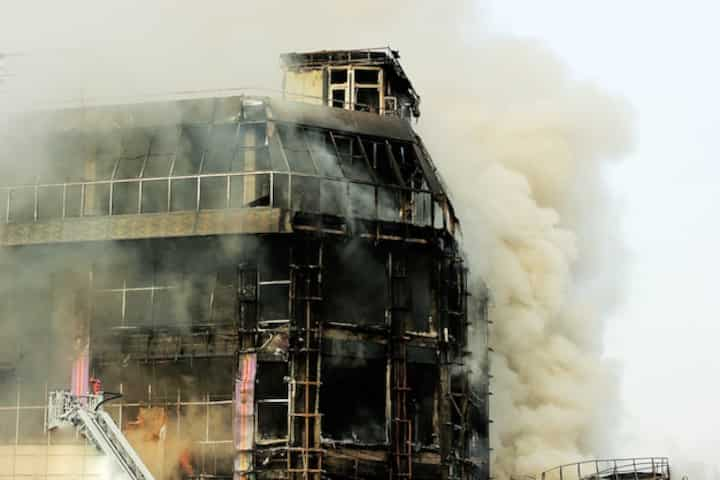
Expert Smoke and Soot Removal Services in Hammond
Smoke and soot damage can have devastating effects on both residential and commercial properties. When a fire occurs, the resulting smoke and soot can permeate every nook and cranny, leaving behind an unpleasant odor and potentially harmful residues. In Hammond, expert smoke and soot removal services are essential for restoring properties to their pre-damage condition. With specialized techniques and equipment, professionals in this field ensure that all traces of smoke and soot are effectively eliminated, safeguarding both the property and the health of its occupants.
Understanding Smoke and Soot Damage
The Nature of Smoke Damage
Smoke is composed of a complex mixture of gases and particles resulting from incomplete combustion. It can cause discoloration, corrosion, and lingering odors that are challenging to remove without professional intervention. The acidic nature of smoke can lead to further deterioration of surfaces over time.
Effects of Soot
Soot, the black powdery or flaky substance, is primarily composed of carbon and is a byproduct of burning organic matter. It can cover walls, ceilings, and other surfaces, leading to potential respiratory issues if not properly addressed. Soot particles are fine and can become embedded in fabrics and porous materials, making thorough cleaning essential.
Importance of Professional Smoke and Soot Removal
- Professional assessment and inspection services are critical in identifying the extent of smoke and soot damage. Read more about this topic.
- Experts use advanced cleaning techniques and equipment to ensure effective removal of all residues.
- Professionals are trained to handle hazardous materials safely, minimizing health risks for occupants.
- Timely intervention by experts can prevent further damage and reduce costs associated with restoration.
Comprehensive Smoke and Soot Removal Process
Assessment and Inspection
A thorough assessment and inspection are the first steps in any smoke and soot removal process. Specialists evaluate the damage to develop a tailored restoration plan. Learn more in this detailed guide.
Cleaning and Restoration
- Surface Cleaning: All affected surfaces are meticulously cleaned using specialized equipment to ensure complete removal of smoke and soot residues.
- Odor Removal: Advanced deodorizing techniques are employed to eliminate any lingering smoke odors, ensuring a fresh environment.
- Material Restoration: Porous materials, such as fabrics and carpets, require special attention to remove embedded soot particles and odors.
- Structural Repairs: If necessary, structural repairs are made to restore the integrity of the building. Explore further insights here.
Preventative Measures and Long-Term Solutions
While professional smoke and soot removal services are crucial, taking preventative measures can help mitigate future risks:
- Install smoke detectors and ensure they are regularly tested and maintained.
- Implement fire safety protocols and conduct regular fire drills.
- Regular maintenance of heating and cooking appliances to prevent accidental fires.
- Use fire-resistant materials in construction and furnishings where possible. Find additional information here.
Conclusion
Expert smoke and soot removal services in Hammond play a vital role in restoring properties affected by fire damage. By understanding the complexities of smoke and soot, employing professional services, and taking preventative measures, property owners can effectively manage and mitigate the impacts of fire-related incidents. For a detailed understanding of the assessment and inspection services available, visit the provided resources to ensure comprehensive recovery and restoration.